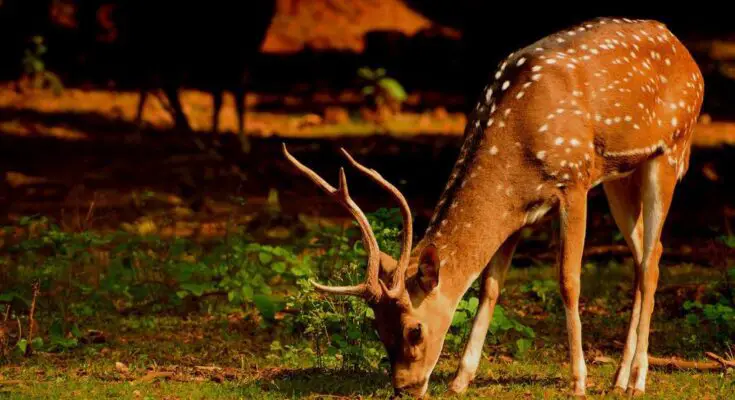Hunting has played an integral role in the annals of human history, providing essential sustenance, clothing, and tools required for survival. As time has progressed, hunting has transcended its utilitarian origins to become a recreational pursuit deeply ingrained in diverse cultures worldwide. A captivating facet of this pursuit lies in the utilization of trained deer, introducing a unique dimension to the sport. The focal point of this outline is to delve into the intricate methods and techniques employed in preparing these magnificent creatures for their role in hunting, thereby shedding light on the profound interplay between humanity and the natural world.
Understanding the Fundamentals
To fathom the intricate art of training deer for hunting, a firm grasp of the underlying principles is indispensable. Among the deer species commonly utilized in hunting are the white-tailed deer, mule deer, and red deer, each characterized by distinct traits and behaviors that significantly influence their suitability for training.
Understanding their behavior, instincts, and responses to various stimuli is essential for tailoring training methods effectively. Furthermore, comprehending the multifaceted roles that trained deer play in hunting, ranging from adept tracking to signaling potential prey and even acting as skilled hunting companions, is of paramount importance to harness their full potential in the field.
Selecting Appropriate Candidates
The foundation of training a deer for hunting rests upon the judicious selection of suitable candidates. Several factors, such as age, gender, state of health, and temperament, assume pivotal roles in this discernment process. Typically, younger deer exhibit a more adaptable disposition toward training, while their physical condition is a determining factor in their effectiveness in the field.
Furthermore, the disposition and willingness of a deer to cooperate are pivotal elements in assessing their aptitude for training. These factors collectively shape the trajectory of a deer’s training journey, emphasizing the importance of careful candidate selection in achieving successful outcomes.
The Art of Training
The process of training deer for hunting demands a nuanced and comprehensive approach. Commencing with the process of taming and acquainting the deer with human presence, trust is methodically cultivated, accompanied by a gradual introduction to the sensory elements of human presence, such as scent and auditory cues.
Basic commands conveyed through both vocal and gestural means, are instilled to establish effective communication. Socialization with hunting dogs, exposure to hunting equipment, and diverse environmental contexts are all integral facets of the training regimen. The linchpin in ensuring compliance and cooperation throughout this process remains the application of positive reinforcement techniques.
Furthermore, a deer feeder serves several crucial functions. They help attract deer to specific areas, making hunting more efficient. By providing a consistent and reliable food source, they can influence deer movement patterns and encourage deer to frequent particular locations. This predictability enhances a hunter’s chances of a successful harvest.
Advanced Training
As the deer’s training progresses, it advances to encompass more intricate instruction. This includes the refinement of tracking and scent detection skills, equipping them with the capability to effectively locate and pursue prey. Concurrently, training emphasizes the enhancement of stealth and camouflage abilities, facilitating seamless integration into their natural surroundings.
Physical conditioning, focused on building stamina and endurance, equips them to endure the rigors of hunting. Furthermore, the importance of communication between the hunter and the deer grows exponentially as their partnership matures.
Ethical Considerations
While the practice of training deer for hunting holds a captivating allure, ethical considerations loom large. Prioritizing the welfare of trained deer necessitates a commitment to responsible and humane training protocols. Ensuring the physical and psychological well-being of these animals throughout their training journey becomes not only a moral imperative but also a legal necessity.
Given the variation in legal regulations and restrictions surrounding the use of trained deer in hunting, adherence to ethical standards and the prevailing legal framework assumes paramount importance in safeguarding the dignity and welfare of these magnificent creatures.
Conclusion
The process of training deer for hunting represents a captivating endeavor that seamlessly melds tradition with innovation. Delving into the intricacies of the methodologies and techniques underpinning this practice engenders a heightened appreciation for the profound bond shared between humanity and these majestic creatures. Furthermore, the critical ethical considerations and the dynamic shifts in hunting trends underscore the pressing need for responsible and sustainable practices in the enduring pursuit of this age-old pastime.



